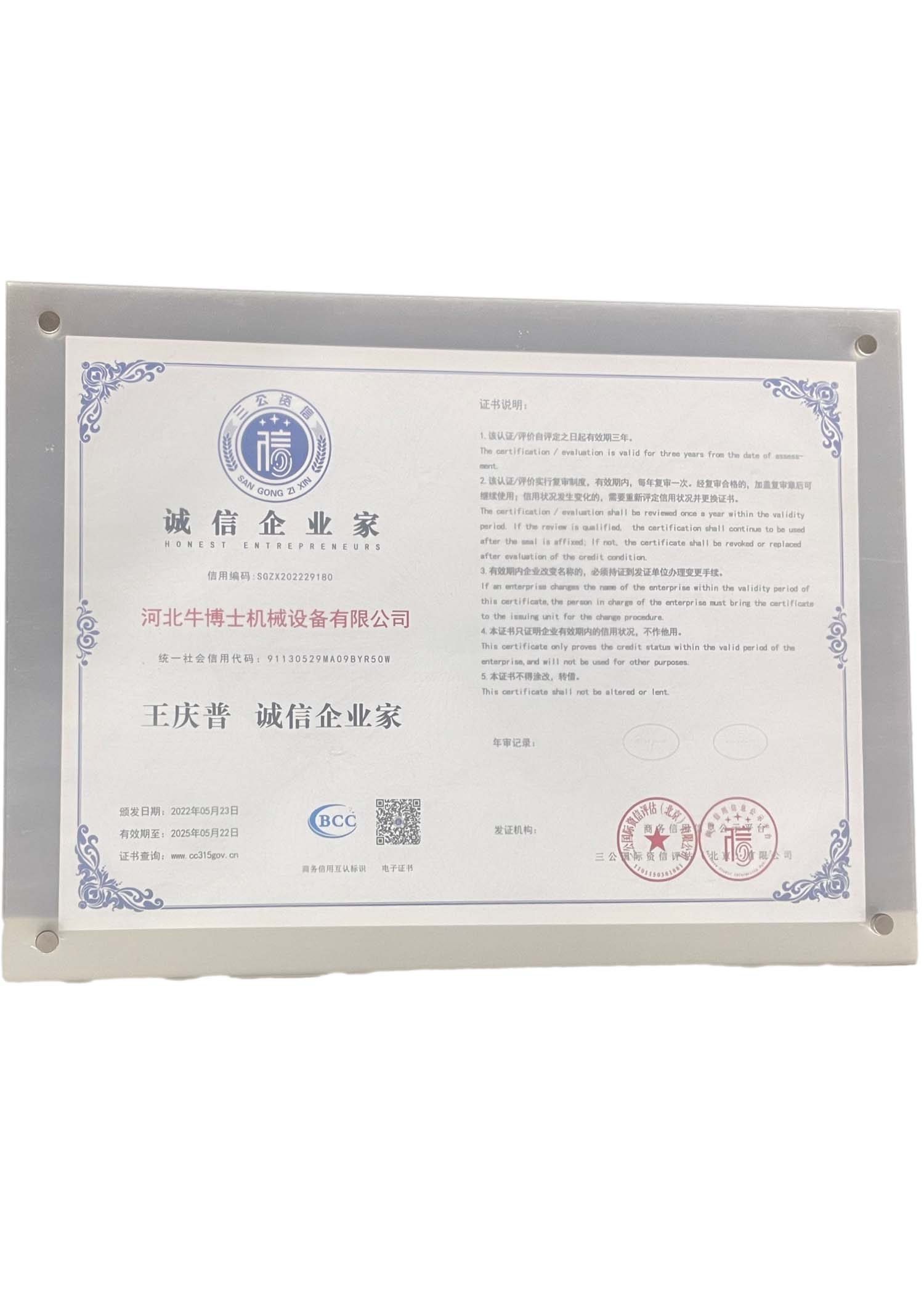Innovative Techniques in Rice Harvesting and Bundle Binding for Increased Agricultural Efficiency
The Rice Reaper and Binder Innovations in Agricultural Efficiency
Agriculture has been the backbone of human civilization for thousands of years, shaping economies, cultures, and diets around the globe. Among the myriad crops cultivated worldwide, rice holds a prominent position as a staple food for over half of the world's population. To meet the increasing demand for rice, advancements in agricultural machinery have become crucial. Two such innovations, the rice reaper and binder, have significantly transformed the way farmers approach rice harvesting.
The rice reaper is a critical piece of machinery designed to streamline the process of cutting and collecting rice. Traditional methods of harvesting rice often involve labor-intensive techniques that can be time-consuming and physically demanding. Farmers would typically use sickles, which require skill and significant manual labor to efficiently cut down the rice stalks. The introduction of the rice reaper has dramatically changed this landscape.
Modern rice reapers are equipped with sharp blades and sturdy platforms, allowing them to cut through dense rice stalks rapidly. These machines are usually self-propelled, allowing them to move through the fields with ease. Additionally, the efficiency of a rice reaper can significantly reduce the time required to harvest a field, which can previously take days or even weeks by hand. This increase in efficiency not only saves time but also minimizes labor costs, allowing farmers to allocate their workforce more optimally.
On the other hand, the rice binder complements the function of the reaper by gathering the cut rice and binding it into manageable bundles. This process is essential for preserving the quality of the harvested rice and making it easier to transport. The functioning of a rice binder typically involves gathering the cut stalks, tying them together, and then stacking them for easier handling. This machine enhances the productivity of a farm by ensuring that the harvested crop is organized, thus reducing the risk of damage or loss.
rice reaper and binder

The integration of the rice reaper and binder in agricultural practices represents a significant leap forward in crop management
. Not only do these machines improve the efficiency of harvesting, but they also contribute to higher overall yields. This is particularly critical in today's context of climate change and population growth, where the pressure to produce more food with fewer resources is intensifying. By leveraging technology, farmers can adapt to these challenges and ensure food security for future generations.Additionally, the economic implications of using rice reapers and binders cannot be understated. Increased efficiency leads to higher profits for farmers, as they can harvest more rice in a shorter period. This boost in productivity enables farmers to invest in better seeds, fertilizers, and other agricultural innovations, creating a positive feedback loop that can further enhance yields.
However, while the technological advancements represented by the rice reaper and binder are significant, it is essential to consider their accessibility and affordability for smallholder farmers. Many farmers in developing countries may struggle to acquire such machinery due to financial constraints. Therefore, making these technologies available and financially viable for all farmers is critical for ensuring equitable growth in the agriculture sector.
In conclusion, the rice reaper and binder symbolize a transformative shift in the agricultural landscape, enhancing efficiency, productivity, and profitability in rice farming. As the world continues to face the challenges of food scarcity and environmental sustainability, innovations like these will play a pivotal role in securing a stable food supply. By embracing technology while ensuring accessibility, we can pave the way for a more food-secure future, where the age-old practice of rice farming evolves in harmony with modern advancements.
Latest news
-
Mini Combine Harvester for Soybean | Compact & Efficient Soybean Harvesting SolutionsNewsNov.24,2025
-
Mini Combine Harvester for Paddy – Compact, Efficient Rice Harvesting SolutionsNewsNov.24,2025
-
Mini Chain Harvester: Compact Forestry Solutions for Sustainable LoggingNewsNov.23,2025
-
Kartar Mini Harvester – Compact, Efficient Harvesting Machinery for Small FarmsNewsNov.23,2025
-
Compact Power: Elevate Your Farming with Harvesting Machine SmallNewsNov.22,2025
-
Discover the Power and Potential of Harvester Mini Combine Machines | Efficient Small-Scale HarvestingNewsNov.22,2025








